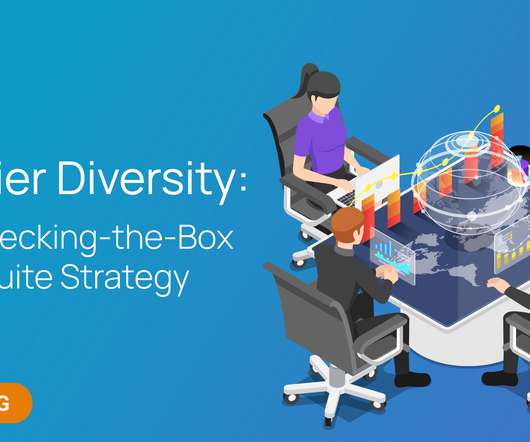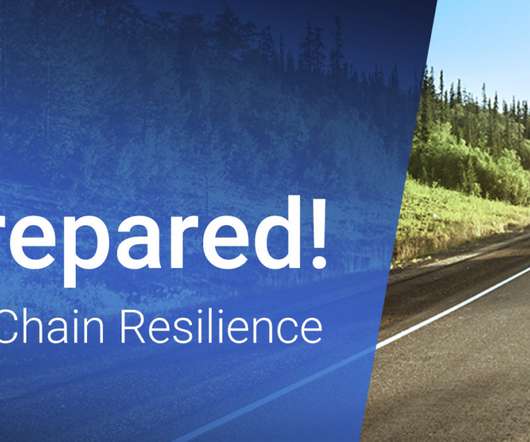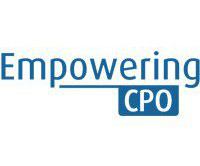Weathering Future Disruptions: 8 Steps to Building Supply Chain Resilience
ivalua
FEBRUARY 8, 2023
Ivalua Blog [ivory-search] Weathering Future Disruptions: 8 Steps to Building Supply Chain Resilience February 8, 2023 | | Manufacturing by Doug Keeley In the face of an unprecedented global crisis, Procurement stepped up to become a crucial driving force for business continuity. Create speed and transparency.














Let's personalize your content